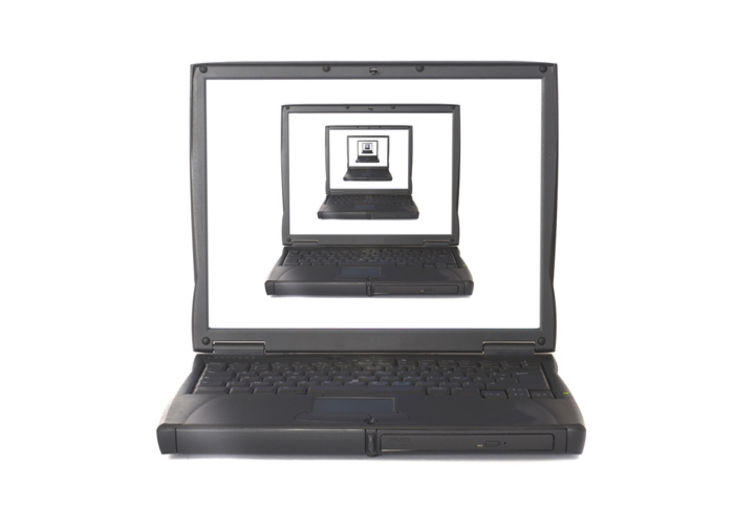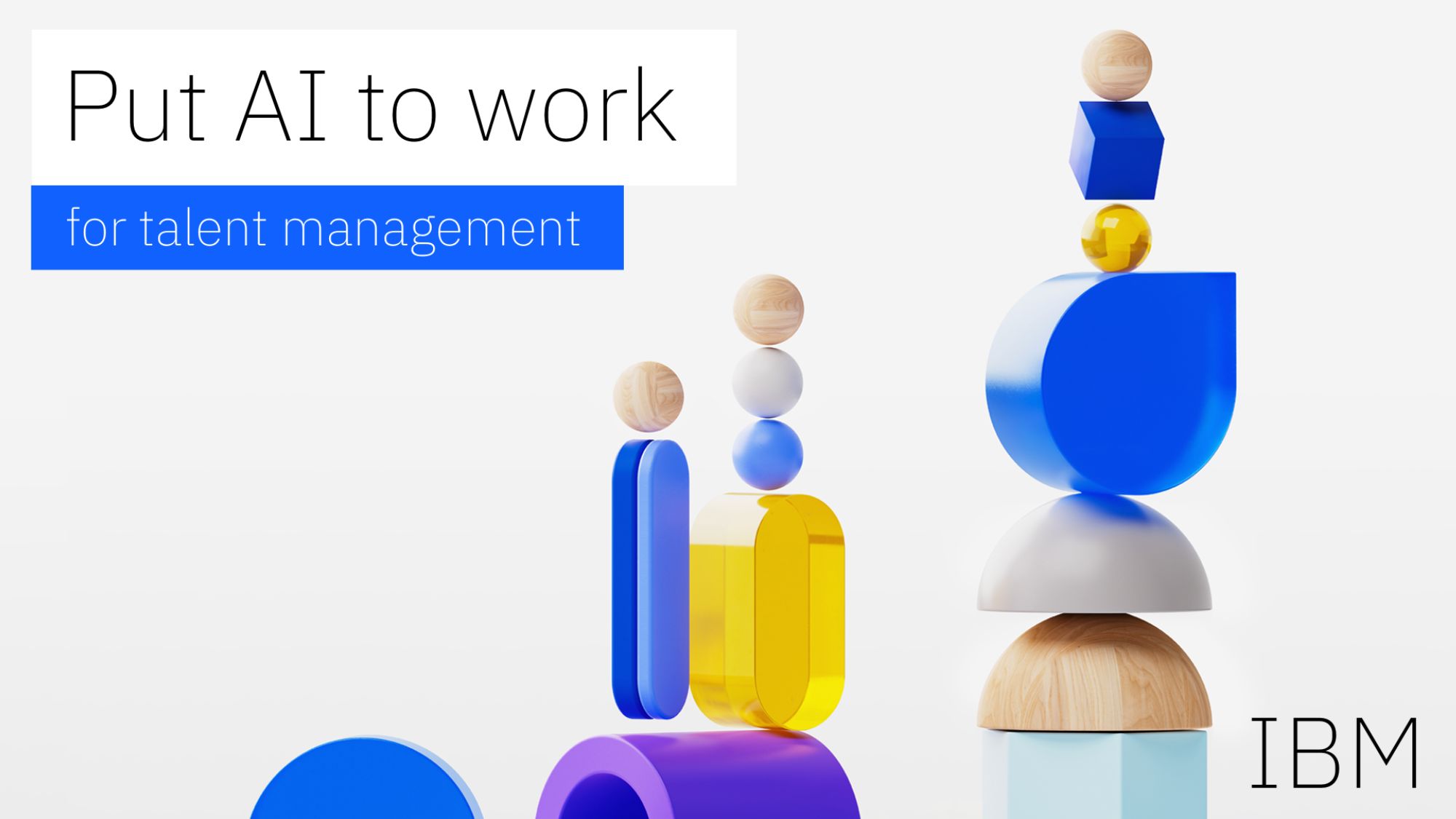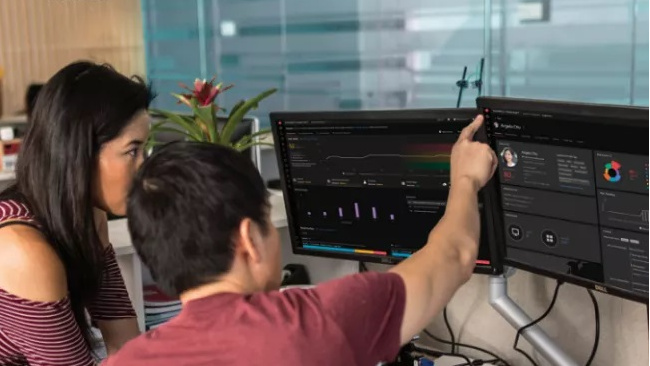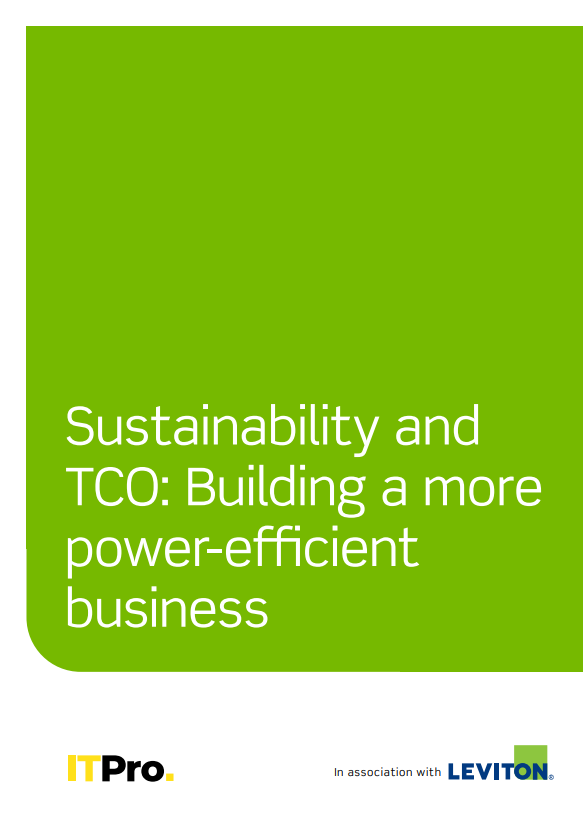White paper: Everything you need to know about desktop virtualisation
If you’re seriously thinking about desktop virtualisation within your business, Steve Cassidy summarises the benefits, the pitfalls and how to ensure your deployment succeeds.

Think of desktop virtualisation as a superhero. That's not to say the software arrives in Lycra with a flowing cape more that when the broad and accumulated spread of software within your organisation stops feeling like a racing car and starts feeling more like a thicket of uprooted trees hitting a bridge in a flash-flood, you don't need more of the same thinking that got to that condition.
You need a transformative change.
Transformative changes are either painful (people get fired and their successors get to implement the Brave New World) or they are an epiphany (the guy in a tight-fitting costume has arrived and swept away the logjam with a single glance of his X-ray vision).
Desktop virtualisation helps those IT professionals looking at complex and long-standing deployments to make platform change into a longer-term, softer-impact process.
This white paper:
Describes the architecture that underpins desktop and application virtualisation
Lifts the lid on the terminology to help with design, sizing, selection and implementation
Sign up today and you will receive a free copy of our Future Focus 2025 report - the leading guidance on AI, cybersecurity and other IT challenges as per 700+ senior executives
Provides a view of, and links to details on, the Microsoft Desktop Virtualisation portfolio
Illustrates using these products through a case study from an early adopter
Outlines some custom and practice guidelines for Windows 7 guests
Dips a toe in the much larger topic of Virtual Machine Management
Explains what's free and what's paid for
Presents a sample checklist for a VDI (virtual desktop infrastructure) project that IT professionals can use as a starting point
-
 Put AI to work for talent management
Put AI to work for talent managementWhitepaper Change the way we define jobs and the skills required to support business and employee needs
-
 More than a number: Your risk score explained
More than a number: Your risk score explainedWhitepaper Understanding risk score calculations
-
 Four data challenges holding back your video business
Four data challenges holding back your video businesswhitepaper Data-driven insights are key to making strategic business decisions that chart a winning route
-
 Creating a proactive, risk-aware defence in today's dynamic risk environment
Creating a proactive, risk-aware defence in today's dynamic risk environmentWhitepaper Agile risk management starts with a common language
-
 How to choose an HR system
How to choose an HR systemWhitepaper What IT leaders need to know
-
 Sustainability and TCO: Building a more power-efficient business
Sustainability and TCO: Building a more power-efficient businessWhitepaper Sustainable thinking is good for the planet and society, and your brand
-
 What is small data and why is it important?
What is small data and why is it important?In-depth Amid a deepening ocean of corporate information and business intelligence, it’s important to keep things manageable with small data
-
 Microsoft's stellar cloud performance bolsters growth amid revenue slump
Microsoft's stellar cloud performance bolsters growth amid revenue slumpNews The tech giant partly blames unstable exchange rates and increased energy costs for the slowdown

